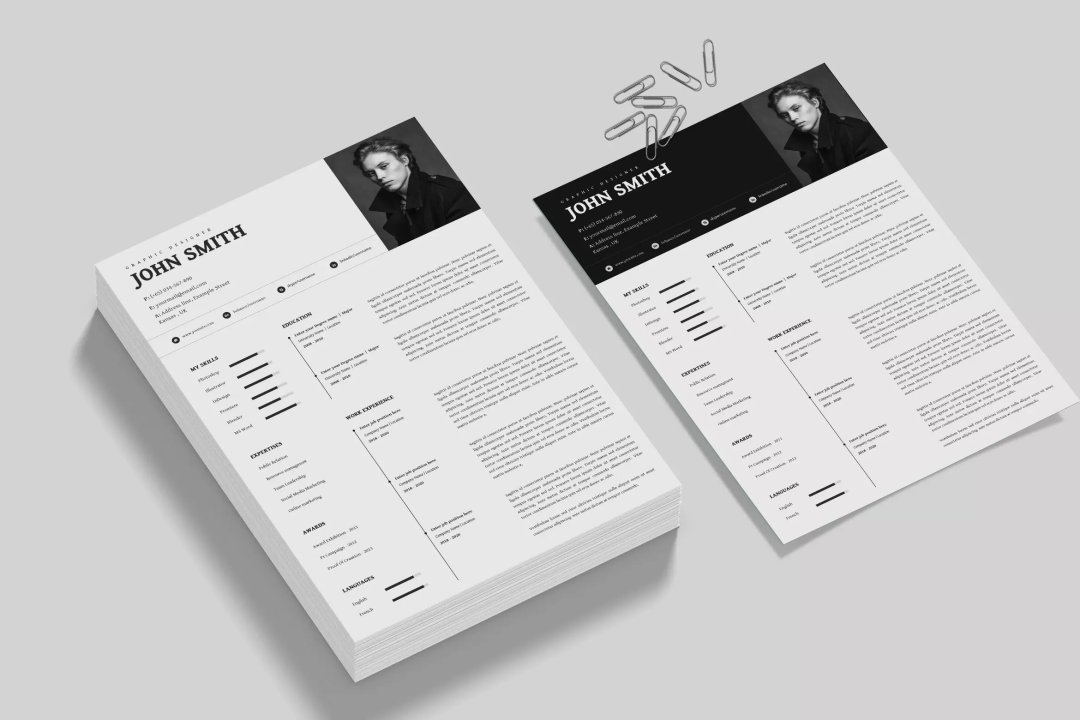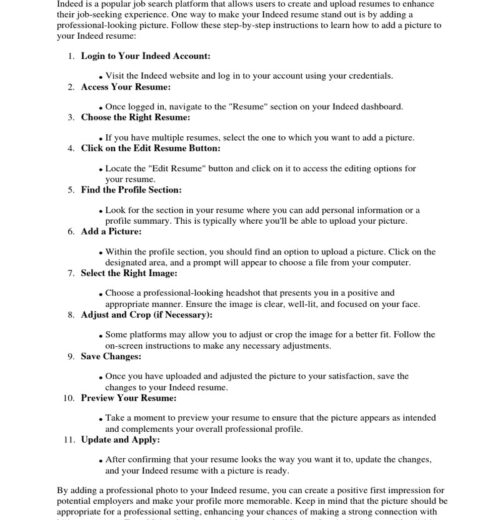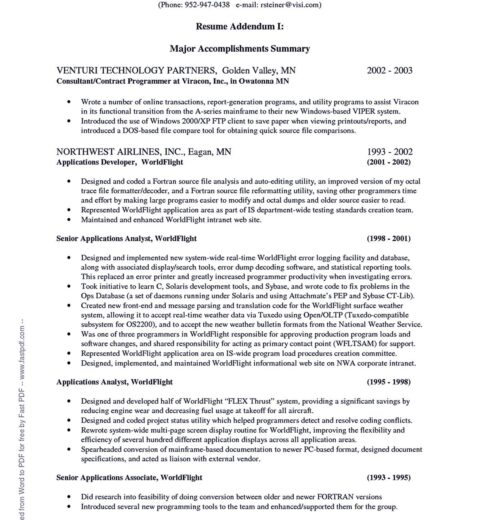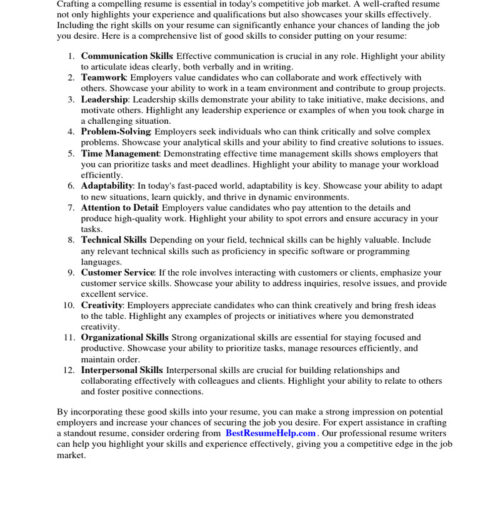In the competitive landscape of job hunting, where candidates often face the daunting task of distinguishing themselves, a compelling resume summary can be the critical leverage point that captures the attention of hiring managers. An engaging summary encapsulates professional experiences, showcases unique qualifications, and augments the overall impression of the applicant. Crafting a resume summary that not only grabs attention but also reflects the essence of one’s professional journey is an art that, when mastered, can transform a mundane document into a persuasive narrative.
In order to effectively write a summary that resonates with potential employers, it is essential to understand the underlying factors that contribute to its allure. A well-constructed summary serves not merely as an introduction, but as an advertisement of the applicant’s unique value proposition. To achieve this, a rigorous approach to introspection and skill analysis is vital. Candidates should first engage in a reflective process, assessing their career trajectory. This facilitates the identification of pivotal achievements, skill sets, and the overall narrative that one aims to convey.
One common observation is that candidates often succumb to the temptation of using clichéd phrases and generic descriptions, which can dilute the impact of their summaries. Phrases such as “hardworking” or “detail-oriented” are ubiquitous and fail to differentiate candidates. Instead, great emphasis should be placed on specificity and the inclusion of quantifiable results. For instance, rather than stating one is “successful in sales,” one might articulate that they “increased sales by 30% over two fiscal years through innovative marketing strategies and client relationship management.” This degree of specificity not only adds credibility but piques the interest of hiring managers who appreciate tangible evidence of achievements.
Furthermore, an insightful summary must strike a balance between professional and personal attributes. Employers are increasingly drawn to candidates who exhibit emotional intelligence and cultural fit within the organization. Including personal passions or values—when aligned with the role’s demands—can enhance relatability. For instance, if a candidate is applying for a position within a nonprofit organization, stating a commitment to community service or social justice initiatives can resonate with the employer’s mission. These connective elements cultivate an immediate rapport, fostering a deeper engagement with the resume.
Moreover, employing a narrative tone can transform a recitation of qualifications into a compelling story. A well-crafted summary can illuminate the motivations behind career choices—illustrating not just “what” has been achieved, but “why” it matters. This narrative element can be achieved by commencing with an impactful statement that encapsulates the candidate’s philosophy or career ethos. For instance, “Driven by a passion for leveraging technology to solve complex challenges, I have dedicated the last eight years to enhancing operational efficiency in high-paced environments.” This opening not only commands attention but also guides the reader towards a coherent understanding of the candidate’s professional identity.
Conciseness is another essential attribute of a powerful summary. A striking summary is typically brief—often no more than three to five sentences. This brevity compels the writer to focus on critical points, enabling a greater impact. As one distills their knowledge, it becomes imperative to safeguard against verbosity. Every sentence should serve a distinct purpose, contributing to a well-rounded portrayal of expertise and capability.
Potential candidates should also pay keen attention to keywords relevant to the desired position. In today’s digital age, many organizations utilize Applicant Tracking Systems (ATS) that scan resumes for specific terms and phrases. Incorporating industry-specific jargon and keywords not only aids in passing these filters but also demonstrates an understanding of the sector. A nuanced approach to keyword integration involves embedding terms naturally within context, rather than forcing them in awkwardly, which might diminish the overall narrative flow.
As candidates refine their summaries, soliciting external perspectives can provide valuable insights. Peer reviews or seeking feedback from industry mentors can reveal blind spots. Often, others may perceive qualities or skills that one might overlook, enhancing the richness of the summary. Additionally, considering the angle from which the employer approaches the role can inform adjustments in tone or focus—aligning the summary more closely with the organization’s goals.
Finally, revisiting and revising your summary is paramount. A summary should evolve with one’s career, adapting to reflect new experiences and skill sets gained over time. Regular updates ensure that the summary remains relevant and compelling, aligned with any changes in industry standards or employer expectations.
In conclusion, the art of crafting a resume summary that captures attention is a multidimensional endeavor that blends personal reflection, specificity, narrative construction, keyword integration, and continual refinement. By avoiding common pitfalls such as generic phrasing and verbosity, candidates can forge a dynamic passage that not only introduces their qualifications but stirs intrigue. Ultimately, a thoughtfully composed summary can not only open doors but can serve as a passport into a promising new career trajectory.




